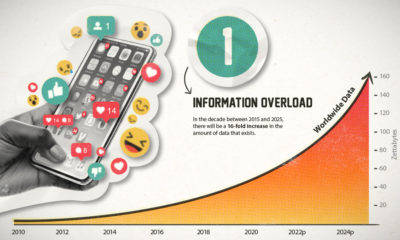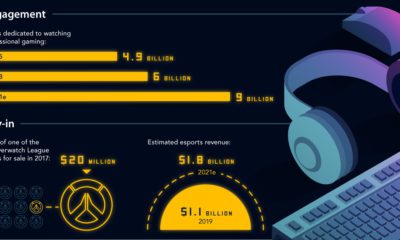A History of Notable Stock Bubbles
In today’s insanely connected world, the ability to create and burst market bubbles is even more amplified. For those uninitiated, a bubble is when speculation in a type of security inflates the price far beyond the fundamentals allow. While they can go for years or even decades, eventually reality takes hold and the bubble can crash in a much shorter time frame. In just the last 15 years, two notable bubbles were popped in the Dot-Com and housing markets.
Right now, market analysts think that there may be asset bubbles in other places as well. Student loans and bonds are some areas that people have pointed to. Even more notably, the US stock market in October has recently corrected and then subsequently climbed back in value. Some pundits thought it was the beginning of a major bubble burst and others are still calling for it, saying that asset prices are artificially inflated through Fed tampering.
However, bubbles are nothing new. As the above infographic points out, bubbles go as far back as finance and speculation themselves. In the past, there have been bubbles in everything from real estate to railroads that have made fortunes and decimated people’s finances. It is important to learn about these events because there are lessons associated with each one. History doesn’t repeat, but it often rhymes.
Of particular interest is the Tulip Mania bubble in Holland in the 17th century. Wikipedia has a great summary of it here, and also even has a price index of tulip bulbs. It’s a reminder of how something without any intrinsic value can get inflated in price beyond all sensibility. Note: fiat money also technically has no intrinsic value, as it is just paper that governments legislate must be used.
Original graphic from: Bizbrain
on Last year, stock and bond returns tumbled after the Federal Reserve hiked interest rates at the fastest speed in 40 years. It was the first time in decades that both asset classes posted negative annual investment returns in tandem. Over four decades, this has happened 2.4% of the time across any 12-month rolling period. To look at how various stock and bond asset allocations have performed over history—and their broader correlations—the above graphic charts their best, worst, and average returns, using data from Vanguard.
How Has Asset Allocation Impacted Returns?
Based on data between 1926 and 2019, the table below looks at the spectrum of market returns of different asset allocations:
We can see that a portfolio made entirely of stocks returned 10.3% on average, the highest across all asset allocations. Of course, this came with wider return variance, hitting an annual low of -43% and a high of 54%.
A traditional 60/40 portfolio—which has lost its luster in recent years as low interest rates have led to lower bond returns—saw an average historical return of 8.8%. As interest rates have climbed in recent years, this may widen its appeal once again as bond returns may rise.
Meanwhile, a 100% bond portfolio averaged 5.3% in annual returns over the period. Bonds typically serve as a hedge against portfolio losses thanks to their typically negative historical correlation to stocks.
A Closer Look at Historical Correlations
To understand how 2022 was an outlier in terms of asset correlations we can look at the graphic below:
The last time stocks and bonds moved together in a negative direction was in 1969. At the time, inflation was accelerating and the Fed was hiking interest rates to cool rising costs. In fact, historically, when inflation surges, stocks and bonds have often moved in similar directions. Underscoring this divergence is real interest rate volatility. When real interest rates are a driving force in the market, as we have seen in the last year, it hurts both stock and bond returns. This is because higher interest rates can reduce the future cash flows of these investments. Adding another layer is the level of risk appetite among investors. When the economic outlook is uncertain and interest rate volatility is high, investors are more likely to take risk off their portfolios and demand higher returns for taking on higher risk. This can push down equity and bond prices. On the other hand, if the economic outlook is positive, investors may be willing to take on more risk, in turn potentially boosting equity prices.
Current Investment Returns in Context
Today, financial markets are seeing sharp swings as the ripple effects of higher interest rates are sinking in. For investors, historical data provides insight on long-term asset allocation trends. Over the last century, cycles of high interest rates have come and gone. Both equity and bond investment returns have been resilient for investors who stay the course.














